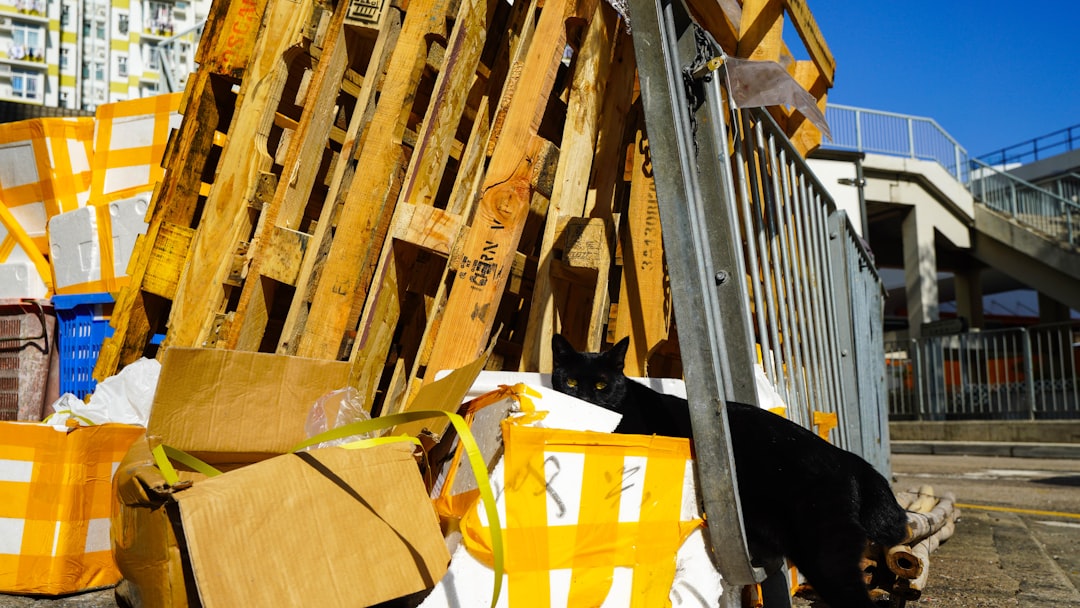
Managing construction debris disposal in New York City is crucial for maintaining compliance and controlling costs. With disposal costs ranging from $35-$150 per ton, it's essential to plan effectively. This guide provides insights into the legal options available for construction professionals, ensuring your projects remain on schedule and within budget.
New York City offers a variety of disposal options, each with specific regulations. From DSNY drop-off sites to private transfer stations, understanding these options is key for contractors. CountBricks provides real-time updates on regulations, ensuring compliance and efficiency.
CountBricks simplifies the integration of disposal costs into project estimates. By using our AI-powered platform, contractors can automatically calculate disposal costs, permits, and hauling fees, ensuring transparency and accuracy in client proposals.
Accurate cost estimation is vital for project success. CountBricks provides up-to-date cost benchmarks, helping contractors avoid budget overruns. Current rates include:
Compliance with NYC regulations is non-negotiable. CountBricks helps contractors avoid common pitfalls, such as unpermitted dumpsters and improper material separation, by providing real-time compliance checks and reminders.
A contractor successfully managed debris removal for a brownstone renovation using CountBricks, saving time and avoiding violations. The project was completed under budget, demonstrating the effectiveness of integrated disposal management.
Effective debris management is essential for construction projects in NYC. By leveraging CountBricks' tools and insights, contractors can streamline operations, reduce costs, and ensure compliance. Visit CountBricks.com for more information.

Permit delays can disrupt construction timelines. CountBricks automates the permitting process, ensuring that all necessary forms are completed and submitted efficiently. This automation reduces administrative burdens and keeps projects on track.
Clients appreciate transparency in waste management. CountBricks provides live updates on debris handling, building trust and reducing disputes.
CountBricks is developing tools to forecast debris volumes from IFC models, providing early cost clarity and improving project planning.
For more information, visit CountBricks.com.